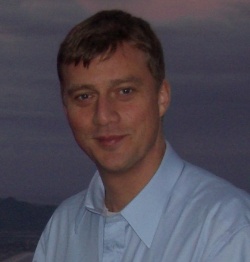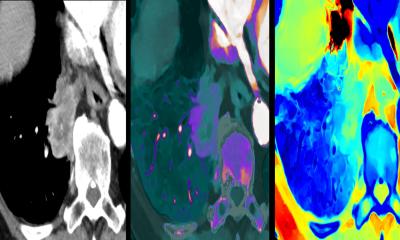Combating industrial competition for better patient care
14:15–15:30Session 1Challenges: Radiology in turf battles.Peter Reimer, Vice President, Global Marketing Imaging Systems, Philips Healthcare; Andover, MA/US
Innovation in imaging in the last decades was mainly driven by new imaging modalities, better image quality and improved workflow tools to enhance diagnostic quality and confidence. As a global vendor we face future turf battles with new market entries, especially from Asia. To win those competitive battles we are broadening our innovation focus to serve the changing needs of radiologists.

Back in 1996, after gaining an engineering diploma in Biomedical Engineering at the University of Applied Science in Lubeck, Germany, Dr Reimer became a research engineer at the Medical University Lubeck until 2000, when he gained his doctorate at the Technical University Clausthal in Clausthal Zellerfeld.
Following three years of sales and marketing assignments from Drӓger Medical, the company appointed him Head of its Business Management OR/Anaesthesia division in Lubeck.
He then joined Philips Healthcare as Vice President of Global Marketing of general X-ray, in Hamburg, covering the entire GXR business at three sites (Hamburg, Best, China).
Philips then appointed him as Vice President of Global Marketing of Computed Tomography. Based in Cleveland, Ohio, Dr Reimer was responsible for global upstream and downstream marketing (Product management, Clinical Science, Field Marketing, MarCom, Strategy) for the entire CT business at three sites (Cleveland, Haifa and China), before taking on his current role.
As clinical complexity increases and new applications for imaging emerge, influence is shifting away from the traditional role of the radiologist. The key to putting imaging first is to integrate innovation in a natural way. We are introducing advances in nearly every aspect of radiology to help do just that.
Better collaboration, enabled through advanced technology, is fuelling a revolution in imaging science, one that leads to better outcomes and lower costs. Thus, with the launch of the first medical networking platform -- which incorporates advanced technology to facilitate new levels of collaboration between radiologists and referring physicians -- efficient, personalised care can be realised.
11.02.2011









